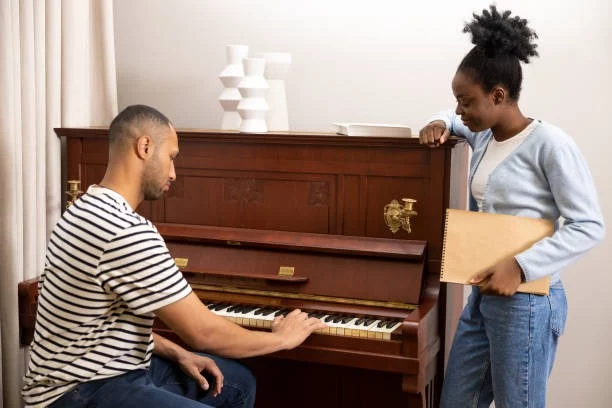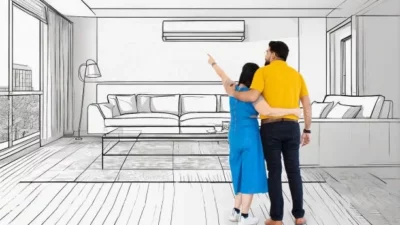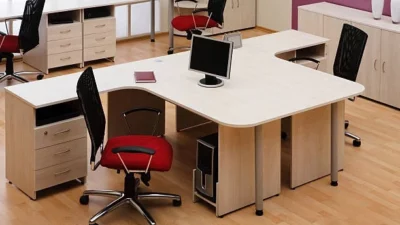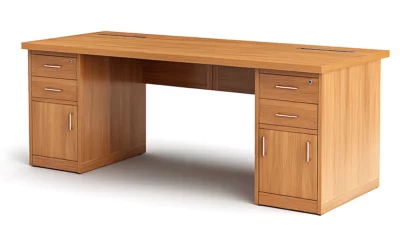A piano isn’t just another piece of furniture—it’s a finely tuned instrument, a sentimental heirloom, and a heavy, delicate object all rolled into one. So when it comes time to move it, many people are tempted to save a few bucks and handle it themselves.
But the truth is, moving a piano without professional help can lead to a range of costly problems—from physical injury to irreversible damage. Before you recruit a few friends and a furniture dolly, here’s what you should know about the real risks of DIY piano moving.
1. Pianos Are Heavier and More Complex Than They Look
The average upright piano weighs 300–500 pounds. Grand pianos can weigh over 1,200 pounds. But weight isn’t the only issue—pianos are also top-heavy, unevenly balanced, and extremely awkward to maneuver. What looks like a simple move can quickly become dangerous when you’re navigating tight corners, stairs, or uneven ground.
Without the proper equipment and training, you’re risking both your safety and the safety of everyone helping you.
2. Risk of Damage to the Piano (and Your Home)
One wrong move, and you could crack a leg, damage the pedals, scratch the finish, or even warp the frame. And if your piano falls or tips during transport, it may be beyond repair.
Pianos can also wreak havoc on your home. Dented walls, gouged floors, or broken railings are all too common when amateurs attempt a move without proper planning and padding.
3. Your Back (and Your Budget) Are on the Line
Even if no one gets seriously hurt, lifting a piano the wrong way can lead to pulled muscles, herniated discs, or sprained joints. And if your piano is damaged, the repair or replacement cost can easily outweigh what you would have paid a professional to move it safely in the first place.
Not to mention—if you drop it, insurance likely won’t cover it unless you’ve hired licensed and insured Piano Movers.
4. Improper Moves Can Affect the Piano’s Sound
Even small bumps and vibrations can knock a piano out of tune, and in some cases, internal components like hammers, strings, or keys can be jarred or misaligned. Moving it improperly can lead to costly tuning and repair sessions—or worse, long-term damage to the instrument’s sound quality.
5. Professional Piano Movers Bring More Than Muscle
Piano Movers don’t just show up with a truck and a team—they come with a reliable moving crew with years of experience, specialized tools (like skid boards and piano dollies), and a deep understanding of how to handle each type of piano. They know how to disassemble when necessary, how to protect delicate components, and how to secure the piano for safe transport—whether it’s across the street or across the state.
It’s Not Just About Moving, It’s About Preserving
Your piano deserves better than a risky DIY move. Whether it holds sentimental value, financial value, or both, hiring professionals ensures it arrives safely at its destination, intact, in tune, and ready to play.
Don’t put your back, your piano, or your peace of mind at risk. When it comes to moving something this important, trust the experts.

Lexy Summer is a talented writer with a deep passion for the art of language and storytelling. With a background in editing and content creation, Lexy has honed her skills in crafting clear, engaging, and grammatically flawless writing.



